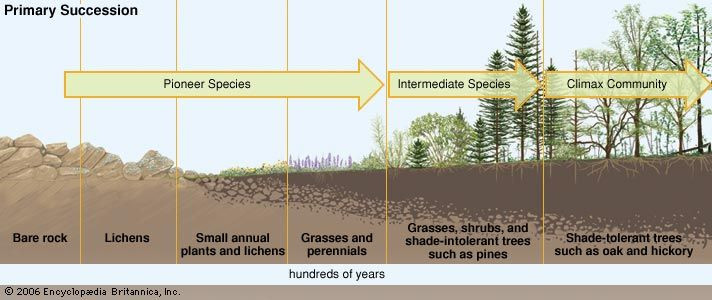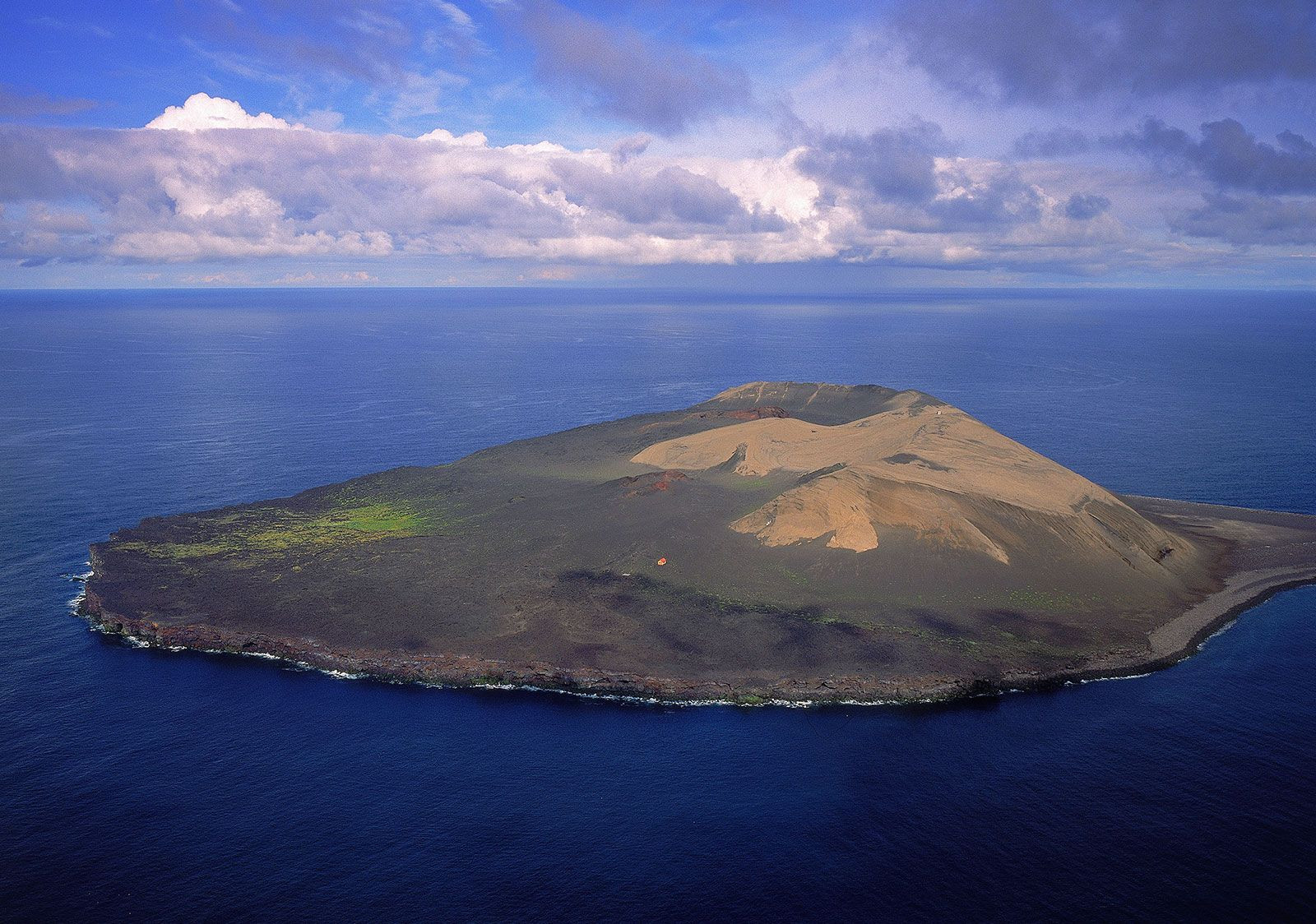Pioneer species are the unsung heroes of ecological succession, the first organisms to bravely inhabit barren environments. These hardy life forms pave the way for more complex ecosystems by modifying their surroundings, making them habitable for other species. Understanding pioneer species is crucial to grasping how life establishes itself and flourishes, even in the most challenging conditions. Let’s delve into the world of pioneer species and explore some compelling examples.
What are Pioneer Species?
Pioneer species are organisms that colonize previously uninhibited environments, often characterized by a lack of soil, nutrients, and other life forms. These environments can include newly formed volcanic islands, bare rock after glacial retreat, or even areas devastated by wildfires. These species are adapted to survive in harsh conditions and begin the process of ecological succession, a series of predictable changes in a community over time. Their primary role is to initiate soil formation and nutrient cycling, making the environment more hospitable for subsequent species.
Examples of Pioneer Species
Nature showcases a diverse array of pioneer species, each playing a unique role in initiating ecological change. Here are some prominent examples:
Microorganisms
Often invisible to the naked eye, microorganisms such as bacteria are frequently the very first colonizers. They can arrive via wind or even be present in the atmosphere. These microscopic pioneers can colonize bare rock surfaces and glacial ice, initiating biological activity in seemingly lifeless environments. Certain bacteria are crucial in nitrogen fixation, converting atmospheric nitrogen into forms usable by plants, thereby enriching the nutrient-poor environment.
Lichens
Lichens are remarkable composite organisms, a symbiotic partnership between a fungus and algae or cyanobacteria. They are quintessential pioneer species, famously seen growing on bare rocks. Lichens are incredibly resilient, able to withstand extreme temperatures and desiccation. They secrete acids that slowly break down the rock surface, starting the soil formation process. As they decompose, they contribute organic matter, further enriching the nascent soil.
Mosses
Mosses are another significant group of pioneer species in many ecosystems. Like lichens, they can grow on bare rock and contribute to soil formation through physical and chemical weathering. Mosses trap moisture and organic debris, further aiding in the development of a substrate that can support more complex plant life. Their ability to retain water is also crucial in these early stages of colonization.
Vascular Plants
While lichens and mosses are often the initial plant pioneers, certain vascular plants are also well-adapted to colonize new environments. On newly formed volcanic islands like Surtsey, examples of pioneer plant species include sea rocket (Cakile arctica), sand ryegrass (Leymus arenarius), and oysterleaf (Mertensia maritima). These plants are salt-tolerant and can establish themselves in sandy, nutrient-poor soils, further stabilizing the environment and contributing organic matter.
Pioneer Animals
While plants and microorganisms are typically considered the primary pioneer species, animals also play a role. Invertebrates like ants, worms, and snails are often among the first animals to colonize newly developing ecosystems. They contribute to soil aeration and nutrient cycling by processing plant litter and organic matter, further enhancing the habitat for other species.
The Role of Pioneer Species in Ecological Succession
Pioneer species are essential catalysts for ecological succession. By colonizing barren landscapes, they initiate a chain of events that leads to the development of more complex and stable ecosystems. They modify the environment through soil formation, nutrient enrichment, and changes in microclimate. This modification then allows for the arrival and establishment of intermediate species like grasses, ferns, shrubs, and eventually, trees, leading to a climax community. Without pioneer species, the process of ecological succession would be significantly delayed, and many environments would remain barren and inhospitable.
In conclusion, pioneer species, from microscopic bacteria to resilient lichens and hardy plants, are fundamental to the creation and maintenance of life on Earth. They are nature’s first responders, transforming desolate landscapes into thriving ecosystems, one step at a time. Their existence highlights the remarkable adaptability of life and the interconnectedness of ecological processes.


 Surtsey, Iceland
Surtsey, Iceland
